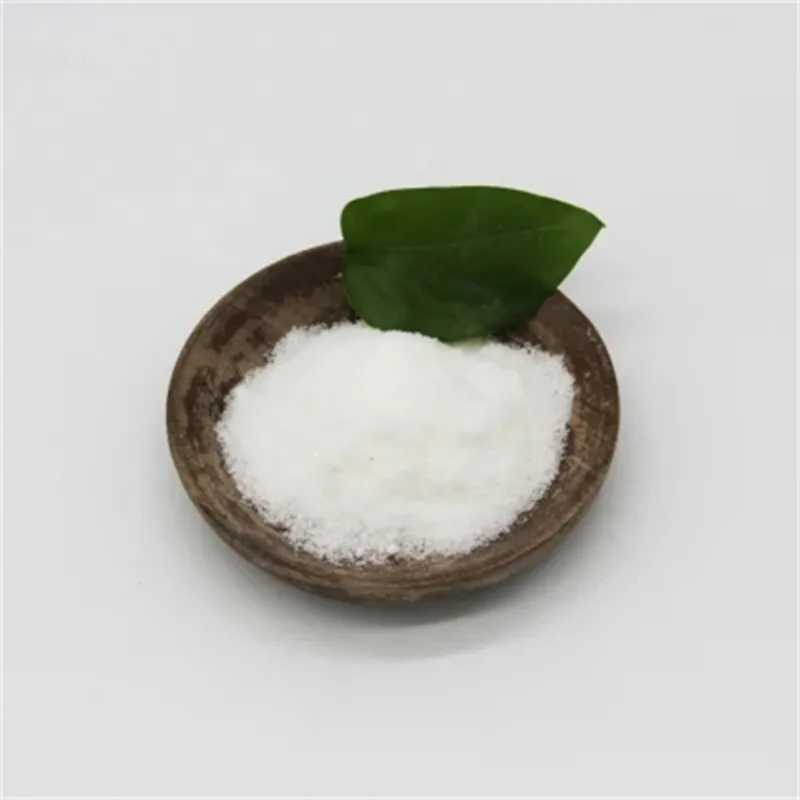 Email: sale@hebeidisha.com
Email: sale@hebeidisha.com
 Tel: +86 13315186550
Tel: +86 13315186550
- Afrikaans
- Albanian
- Amharic
- Arabic
- Armenian
- Azerbaijani
- Basque
- Belarusian
- Bengali
- Bosnian
- Bulgarian
- Catalan
- Cebuano
- China
- China (Taiwan)
- Corsican
- Croatian
- Czech
- Danish
- Dutch
- English
- Esperanto
- Estonian
- Finnish
- French
- Frisian
- Galician
- Georgian
- German
- Greek
- Gujarati
- Haitian Creole
- hausa
- hawaiian
- Hebrew
- Hindi
- Miao
- Hungarian
- Icelandic
- igbo
- Indonesian
- irish
- Italian
- Japanese
- Javanese
- Kannada
- kazakh
- Khmer
- Rwandese
- Korean
- Kurdish
- Kyrgyz
- Lao
- Latin
- Latvian
- Lithuanian
- Luxembourgish
- Macedonian
- Malgashi
- Malay
- Malayalam
- Maltese
- Maori
- Marathi
- Mongolian
- Myanmar
- Nepali
- Norwegian
- Norwegian
- Occitan
- Pashto
- Persian
- Polish
- Portuguese
- Punjabi
- Romanian
- Russian
- Samoan
- Scottish Gaelic
- Serbian
- Sesotho
- Shona
- Sindhi
- Sinhala
- Slovak
- Slovenian
- Somali
- Spanish
- Sundanese
- Swahili
- Swedish
- Tagalog
- Tajik
- Tamil
- Tatar
- Telugu
- Thai
- Turkish
- Turkmen
- Ukrainian
- Urdu
- Uighur
- Uzbek
- Vietnamese
- Welsh
- Bantu
- Yiddish
- Yoruba
- Zulu
Nov . 20, 2024 06:42 Back to list
e caprolactam
Understanding E-Caprolactam A Key Chemical Intermediate
E-caprolactam is a vital chemical compound in the production of nylon-6, an essential synthetic polymer used in a variety of applications. As a cyclic amide, e-caprolactam is recognized for its unique properties, making it a crucial intermediate in various industrial processes.
What is E-Caprolactam?
E-caprolactam is a colorless to light yellow crystalline compound with a molecular formula of C6H11NO. It features a six-membered lactam ring, which is an important structure in organic chemistry. The compound is primarily produced through the ring-opening polymerization process, which facilitates the transformation of e-caprolactam into nylon-6. This conversion is significant because nylon-6 is widely used in textiles, automotive parts, and even in the medical field due to its strength and durability.
Production Process
The production of e-caprolactam typically involves the cyclization of amino caproic acid or the oxidation of cyclohexane. The Baeyer-Villiger oxidation of cyclohexanone is one of the most common methods, wherein cyclohexanone is treated with peracetic acid or performic acid to yield e-caprolactam. The availability of raw materials and the efficiency of the production process plays a crucial role in the overall cost and sustainability of e-caprolactam manufacturing.
Applications
E-caprolactam’s primary application lies in the production of nylon-6. This polymer is widely used in the textile industry for manufacturing fabrics, fibers, and garments. Moreover, nylon-6 has significant applications in the automotive sector, where it is used to produce various components such as gears, bearings, and housings. Its exceptional resistance to wear and chemicals makes it suitable for the manufacturing of industrial machine parts as well.
e caprolactam

The versatility of nylon-6 delves beyond just textiles and automotive applications. It is also used in consumer goods, electrical insulation, and even food packaging because of its strength and barrier properties. As such, e-caprolactam serves as a foundational block for countless products that form an integral part of modern life.
Environmental Considerations
Despite its widespread use, the production and disposal of e-caprolactam and its derivatives raise environmental concerns. The synthesis process can involve the use of hazardous chemicals, contributing to pollution if not managed properly. Furthermore, nylon-6 is not biodegradable, leading to long-term environmental implications as plastic waste accumulates.
The industry is becoming increasingly aware of these challenges, prompting research into more sustainable production techniques and the development of biodegradable alternatives. Innovations such as enzymatic recycling and the use of renewable resources in the synthesis of e-caprolactam are areas of significant interest.
Future Perspectives
The future of e-caprolactam and nylon-6 appears promising, particularly as industries strive for sustainability. The growing demand for eco-friendly materials and recycling processes may drive technological advancements that minimize environmental impact. The development of bio-based e-caprolactam, sourced from renewable resources, could revolutionize the market, offering a greener alternative to conventional methods.
Moreover, as the applications for nylon-6 continue to expand, particularly in high-performance and specialty applications, the importance of e-caprolactam will only grow. Continued investment in research and development will be essential to enhance the efficiency and sustainability of its production, ensuring that e-caprolactam remains a crucial player in the chemical industry.
In conclusion, e-caprolactam is not just a chemical intermediate; it is a foundational component that supports various industries. Understanding its production, applications, and environmental impacts is vital for shaping a sustainable future in chemical manufacturing and materials science.
Latest news
-
Certifications for Vegetarian and Xanthan Gum Vegetarian
NewsJun.17,2025
-
Sustainability Trends Reshaping the SLES N70 Market
NewsJun.17,2025
-
Propylene Glycol Use in Vaccines: Balancing Function and Perception
NewsJun.17,2025
-
Petroleum Jelly in Skincare: Balancing Benefits and Backlash
NewsJun.17,2025
-
Energy Price Volatility and Ripple Effect on Caprolactam Markets
NewsJun.17,2025
-
Spectroscopic Techniques for Adipic Acid Molecular Weight
NewsJun.17,2025